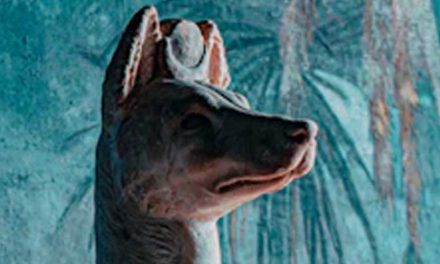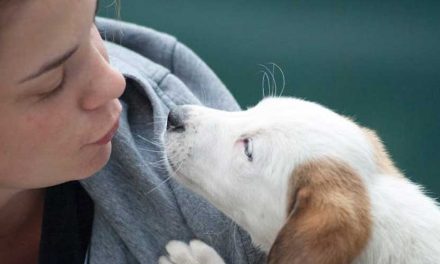The idea of a dog aboard the International Space Station (ISS) might seem whimsical, but exploring how a canine might adapt to life in microgravity offers intriguing insights into both animal behavior and the challenges of space travel.
While dogs have never been sent into space since the early days of space exploration, the lessons we can extrapolate from their potential experiences provide valuable considerations for future missions.
Understanding Dog Physiology
Before delving into the logistics of a dog in space, it is essential to understand how dogs perceive and interact with their environment.
Canines rely heavily on their sense of smell and use their bodies to navigate their surroundings.
In a microgravity environment like the ISS, where the concepts of up and down blur, a dog’s innate navigation skills would surely face challenges.
Adapting to Microgravity
One of the most significant initial challenges a dog would face in space is adjusting to microgravity.
Unlike humans, who can comprehend the concept of floating and adjust their movements accordingly, a dog may initially struggle with the lack of gravitational pull.
Ordinary actions, such as running or jumping, would be transformed into a floating experience.
To cope, a dog might rely on its strong instincts.
The initial confusion would likely give way to exploration, as dogs are naturally curious creatures.
Sensory Overload
Dogs have an incredible sense of smell, which is how they interact with the world around them.
In a confined space like the ISS, a dog’s olfactory experiences could be drastically altered.
The smells of Earth are replaced with the sterile scents of metal, technology, and perhaps even the unique odors of the astronauts.
This change could potentially lead to confusion or stress for some dogs, especially those used to a rich tapestry of outdoor scents.
To help a dog cope, it would be essential to provide familiar items, such as a blanket or toy carrying the scent of home.
Psychological Well-Being
The psychological aspect of having a dog in space cannot be overlooked.
Dogs are pack animals and thrive in social environments.
The ISS crew, already accustomed to fostering camaraderie, could benefit from the presence of a canine companion.
The comfort and emotional support a dog provides can help alleviate stress during long missions.
Regular playtime and interaction with astronauts could help the dog maintain a positive mental state.
Physical Health Considerations
Space travel presents unique health challenges due to the effects of microgravity.
For a dog, muscle atrophy and bone density loss could occur similarly to humans.
Regular exercise would be paramount, requiring creative solutions such as specially designed harnesses or treadmills that function in a weightless environment.
The provision of proper nutrition is also essential to keep the dog healthy during its stay in space.
Safety and Practicalities
Logistically speaking, having a dog on the ISS entails addressing various safety concerns.
Accommodations would need to ensure the dog cannot accidentally damage equipment or get hurt in the microgravity environment.
Training the dog for recall commands and necessary behaviors would be critical, as would the implementation of protocols for care and hygiene in such a confined space.
Conclusion
While sending a dog to the International Space Station may still remain in the realm of science fiction, contemplating how they would adapt brings about valuable discussions on animal welfare, the psychological aspects of space travel, and potential future missions that might include animals for research or companionship.
Despite the numerous challenges, with the right preparations and attention to their needs, it’s conceivable that a dog could thrive, offering both companionship and insights into the broader effects of space travel.
In the grand tapestry of space exploration, the inclusion of a four-legged friend could serve not only as a testament to the bond between humans and animals but also as a unique opportunity to understand how different species adapt to the vast unknown.









